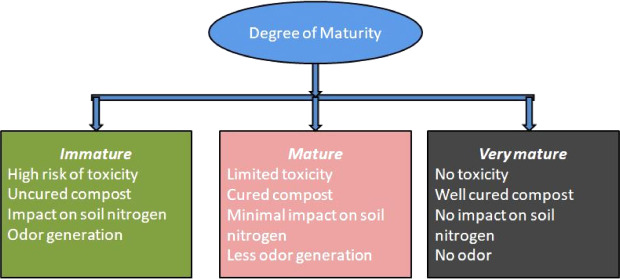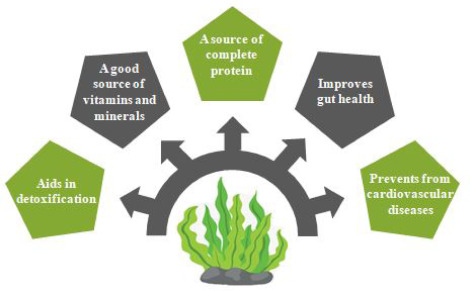Mohamed Dardir, Umberto Berardi, Chapter 13 - Air quality and heat-related health impacts of increasing urban greenery cover, Editor(s): Ansar Khan, Hashem Akbari, Francesco Fiorito, Sk Mithun, Dev Niyogi, Global Urban Heat Island Mitigation, Elsevier, 2022, Pages 269-300, ISBN 9780323855396, https://doi.org/10.1016/B978-0-323-85539-6.00008-1.
Sabiha Sultana, A.N.V. Satyanarayana, Chapter 4 - Urban heat island: land cover changes, management, and mitigation strategies, Editor(s): Ansar Khan, Hashem Akbari, Francesco Fiorito, Sk Mithun, Dev Niyogi, Global Urban Heat Island Mitigation, Elsevier, 2022, Pages 71-93, ISBN 9780323855396, https://doi.org/10.1016/B978-0-323-85539-6.00009-3.
The eminent protein sources among the vegetarian population include cereals and pulses that do not satisfy the Recommended Dietary Allowance (RDA) level. The anti-nutrients such as protease inhibitors are responsible for the diminished bioavailability of plant protein. Consumption of a protein deficit diet severely impacts muscle health; hence, it becomes necessary to design an alternative source of complete protein. One such non-meat source with all essential amino acids in required quantity is seaweeds, an aquatic plant.


